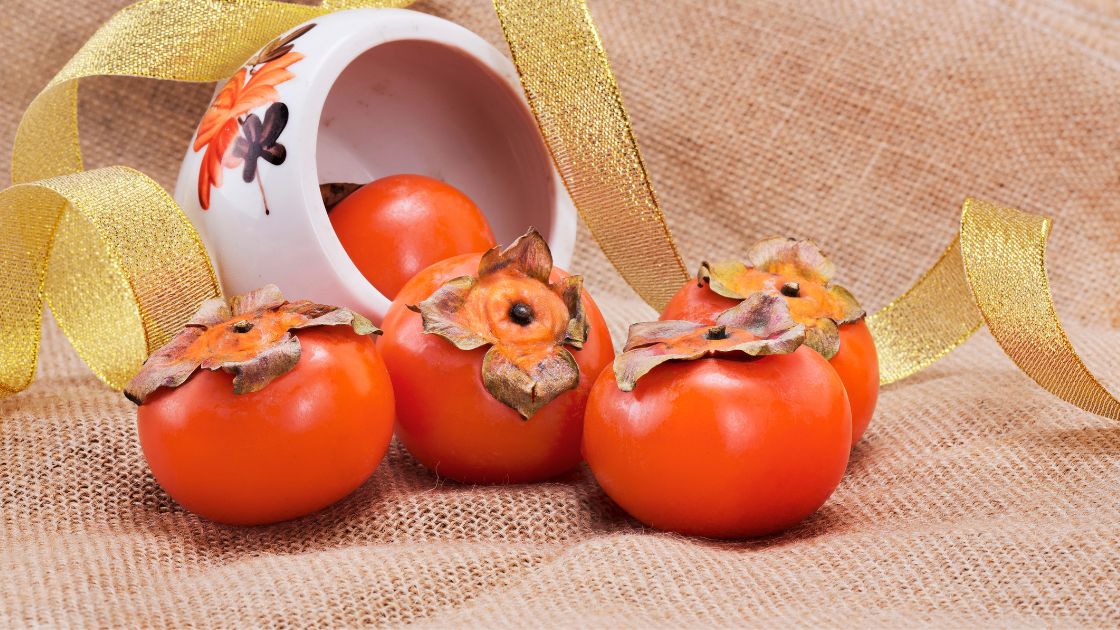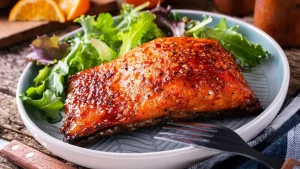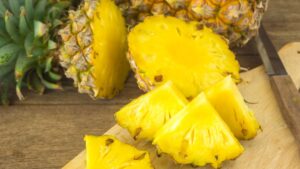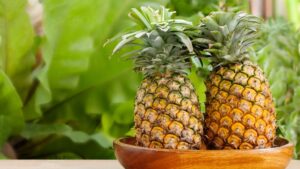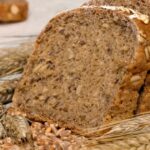- They are a rich source of vitamins and antioxidants
- They are physically similar to tomatoes and come in different colors
- They have a rich history and are cultivated in many parts of the world
- They are high in fiber and can help lower cholesterol and blood sugar levels
- They are loaded with antioxidants that can help prevent chronic diseases
Persimmon is a fruit loaded with nutrients and antioxidants that offer many health benefits.
Physically, it is similar to a tomato, and its color can vary depending on its gender.
If you know little about persimmons, continue reading.
Here, you will learn a little about its history, its benefits, and even how to prepare a delicious persimmon jam.
Physical description

The color of Japanese persimmon fruit is yellow and red and 2 to 3 inches in diameter.
It contains more vitamin A and less vitamin C.
Its appearance resembles a tomato’s.
This fruit is usually quite astringent until ripe, except for types like Fuyu.
In crops, trees can withstand cold down to 18°C (0°F).
American persimmon is 1.2 to 2 inches in diameter, generally somewhat flattened, and dark red to maroon in color.
Most fruits have several rather large, flattened seeds.
When it is unripe, it is hard, but when it reaches maturity, it is a very soft fruit. Yiyun Li describes it very well when he says:
“Persimmons are not born soft, but they are valued for their softness. Their ripeness.”
History and production
Persimmons are a fruit that has a rich history and is cultivated in many parts of the world, including the United States.
The Hachiya persimmon, a popular variety in North America, is known for its urn-shaped appearance and vibrant orange color.
It is typically harvested in October and has a sweet, honey-like flavor.
The Japanese persimmon (Diospyros kaki) is known as kaki, a widely grown fruit in China and Japan.
It was introduced to France and other Mediterranean nations in the 19th century and is now only moderately produced there.
It was introduced to the United Regions a bit later.
Today, it is grown primarily in backyard gardens in California and the Gulf states.
The American persimmon (Diospyros virginiana) is a small tree that can occasionally reach a height of 33 feet.
It is native to the Gulf States and grows north of central Pennsylvania and central Illinois.
Many American persimmons are harvested from the wild because they are believed to be more flavorful than the Japanese type.
In Florida, persimmon trees are commonly found in backyard gardens.
These trees require proper pollination to produce fruit, and it is recommended to have separate male and female trees for optimal pollination.
The Asian persimmon is a popular variety in Florida.
It is a non-astringent persimmon, meaning it can be eaten while still firm and does not have the bitter taste of astringent persimmon.
Several superior varieties have been recognized, passed down from generation to generation, and cultivated commercially.
Persimmons are grown in the United States and countries like India, Spain, Israel, and South Africa.
Each region has its own unique varieties of persimmons, with different flavors and characteristics.
For example, Spain is known for its Sharon fruit, which is a non-astringent variety of persimmon.
And what about its nutrients?
It is a fruit full of vitamins, minerals, and antioxidants. Get to know them in detail.
Persimmon Nutrition facts
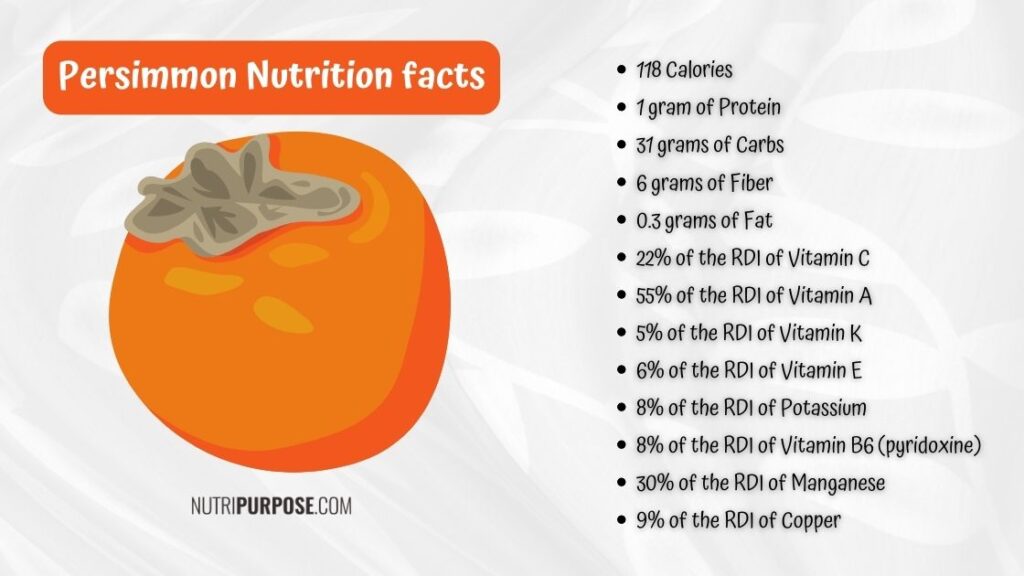
Astringent persimmons are quite small but contain a surprising quantity of nutrients.
168 grams of persimmon (1 unit) contain the following:
- 118 Calories
- 1 gram of Protein
- 31 grams of Carbs
- 6 grams of Fiber
- 0.3 grams of Fat
- 22% of the RDI of Vitamin C
- 55% of the RDI of Vitamin A
- 5% of the RDI of Vitamin K
- 6% of the RDI of Vitamin E
- 8% of the RDI of Potassium
- 8% of the RDI of Vitamin B6 (pyridoxine)
- 30% of the RDI of Manganese
- 9% of the RDI of Copper
The B vitamins thiamin (B1), riboflavin (B2), folate, magnesium, and phosphorus are also abundant in persimmons.
We will nourish our bodies and receive the following benefits by ingesting all these elements.
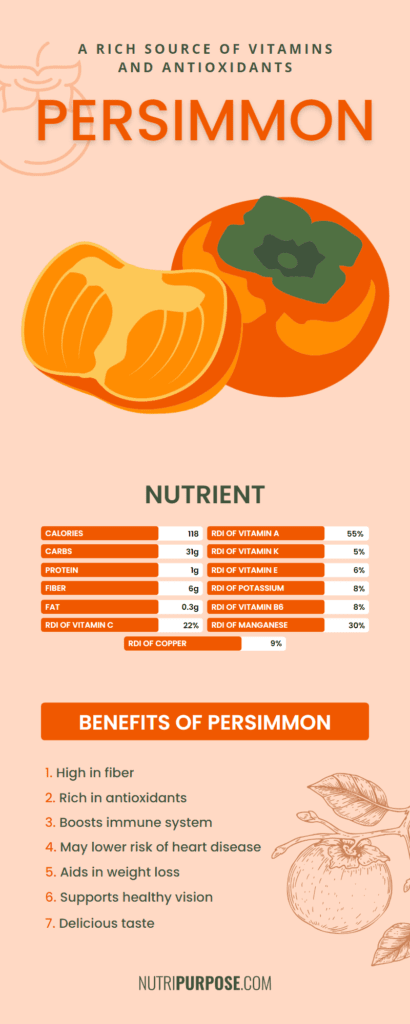
Persimmon Benefits:
Heart Health
We can reduce the risk of heart disease and keep arteries clear by eating persimmons.
This fruit prevents the arteries’ hardening and narrowing, known as atherosclerosis.
According to a study, persimmons are high in dietary fiber, antioxidants, and minerals that are part of an anti-atherosclerotic diet.
Also, the tannin-rich fiber found in persimmons is particularly beneficial in lowering cholesterol.
Rich in Fiber
The risk of heart disease, stroke, and heart attack can increase if we have too much cholesterol. Especially the “bad” LDL cholesterol.
Fruits and vegetables, which are foods high in soluble fiber, can help the body eliminate excess cholesterol.
Fruits high in fiber, such as persimmons, have been found to lower LDL cholesterol levels.
Also, fiber can help reduce high blood sugar levels and is necessary for regular bowel movements.
Persimmons and other foods rich in soluble fiber reduce the digestion of carbohydrates and the absorption of sugar.
This reduces the risk of blood sugar spikes.
Additionally, fiber encourages the growth of “good” bacteria in the intestines, which benefits overall digestive health.
We can also find fiber naturally in bananas, broccoli, cauliflower, and corn.
Diabetes Prevention
The flavonoids present in persimmon have been shown to have antidiabetic and antioxidant properties.
These are found in the shell of the persimmon.
They protect against the development of dangerous substances known as advanced glycation end products (AGEs).
These substances are created when protein or fat in the blood mixes with sugar.
AGEs have been linked to both the development of diabetes and its long-term health problems.
Eye Health
If we consume persimmons frequently, we can maintain visual health in good condition.
Like spinach and mango, persimmons are an excellent source of Vitamin A.
It is essential for vision, and persimmons have more than half of the daily amount required.
With just eating a piece of this fruit, we will be covering our daily requirements.
Also, lutein, known for helping to prevent ocular diseases, abounds in the skin of the persimmon.
Loaded with antioxidants
Like spinach and bananas, persimmons contain beneficial plant substances with antioxidant properties.
Antioxidants help prevent or slow cell damage.
How do they do that?
Reducing oxidative stress, a condition caused by unstable molecules called free radicals.
Oxidative stress has been linked to several chronic diseases.
Some of them are Alzheimer’s disease, cancer, diabetes, and heart disease.
Fortunately, foods like persimmons, high in antioxidants, can help fight oxidative stress.
This, in turn, can reduce the likelihood of developing some chronic diseases.
Low levels of heart disease, age-related mental decline, and lung cancer have
been associated with flavonoid diets.
These are powerful antioxidants found in large amounts in the skin and meat of persimmons.
Carotenoid antioxidants such as beta-carotene, a pigment found in many vibrantly colored foods, are also abundant in persimmons.
Diets rich in beta-carotene have been linked in studies to a reduced risk of metabolic diseases.
They also reduce the chances of getting lung cancer, heart disease, and other types of cancer.
A large dietary beta-carotene intake is also associated with a significantly lower risk of type 2 diabetes.
How to grow Persimmon?
To grow persimmons, providing them with the right conditions is important.
They thrive in full sun and well-drained soil.
Irrigation is also crucial, especially during the fruit’s development in the early summer.
Persimmon trees are deciduous and lose their leaves in the autumn, but they are hardy and can withstand cold temperatures.
When it comes to ripening persimmons, it is important to wait until they are fully ripe before consuming them.
Unripe persimmons can be extremely astringent and leave a bitter taste.
However, once they are ripe, they become soft and sweet.
The Fuyu persimmon, another popular variety, is a non-astringent cultivar that can be eaten when still firm.
Do you know how to eat them?
Try these recipes at home.
Persimmon or Fuyu Recipes
Persimmon can be eaten in different ways, but here are some recipes you can try by yourself.
Persimmon Jam
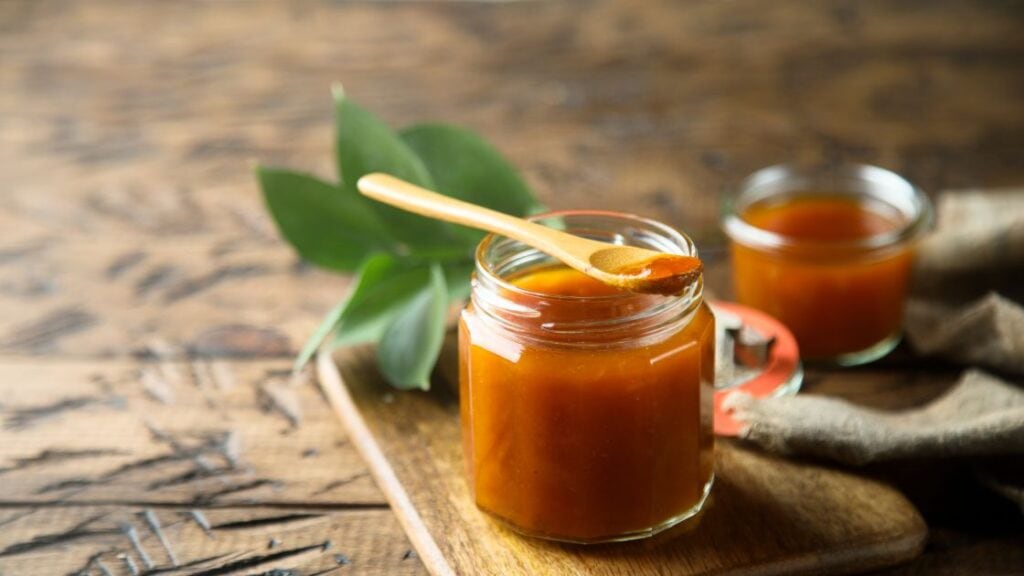
Preparation time: 15 minutes
Surrender for 16 servings.
Ingredients:
- 12 ounces of persimmon flesh
- 3 ounces persimmon skin (finely sliced)
- ¾ ounce lemon zest
- 5 ounces of sugar
- 2 tablespoons lemon juice
Procedure:
- Combine the persimmon flesh, sugar, skin, lemon juice, and lemon zest in a small pot over medium heat. Bring to a boil.
- Simmer for about 10 minutes, reducing heat to low as the persimmon flesh softens and the jam thickens.
- Jam should be cooled for around 30 minutes to set. Place in a refrigerator after transferring to an airtight container. Its consistency should be similar to a pudding.
Persimmon Muffins
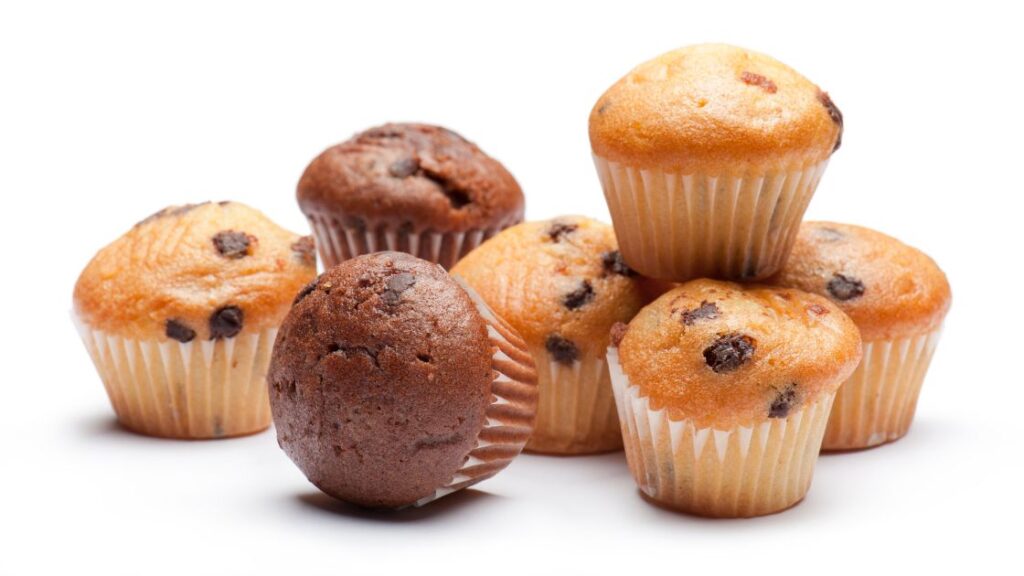
Preparation time: 15 minutes
Surrender for 12 muffins.
Ingredients:
- 1 cup of persimmon ripened pulp
- 1 egg
- ⅓ cup milk
- ½ cup canola oil
- ½ cup walnuts
- 2 cups all-purpose flour
- 1 teaspoon of salt
- ⅓ cup of sugar
- 1 teaspoon of ground cinnamon
- 1 teaspoon of baking powder
Procedure:
- Set oven to 400 degrees Fahrenheit (200 degrees C). Grease a muffin pan with 12 spaces.
- Put the egg in a basin and beat it. Add milk, oil, and persimmon pulp by stirring.
- Mix the flour, walnuts, sugar, salt, baking soda, and cinnamon in another basin. The mixture of persimmons and flour should be combined slowly. Fill the spaces until 3/4 full.
- Bake for 19 to 20 minutes in a preheated oven or until the tops bounce back when lightly pressed.
Persimmon bread
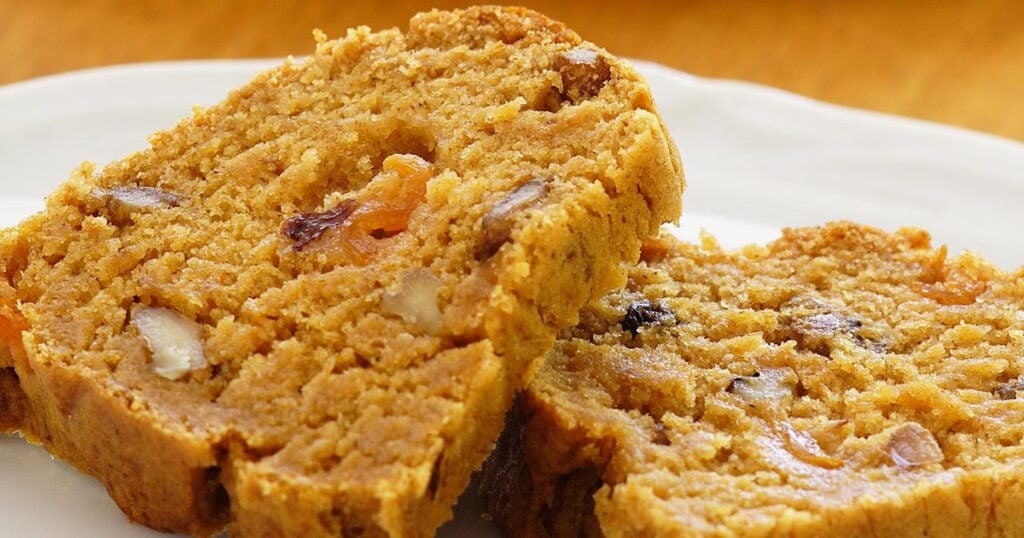
Preparation time: 45 minutes
Surrender for 6 servings.
Ingredients:
- 1 ½ cups all-purpose flour
- 2 eggs
- ½ teaspoon of salt
- ¾ cup of sugar
- 1 teaspoon of ground cinnamon
- ½ cup of vegetable oil
- ½ cup of chopped walnuts
- 1 cup of persimmon pulp
- ½ cup of raisins
- 1 teaspoon of baking soda
Procedure:
- Preheat the oven to 325 degrees Fahrenheit (165 degrees C).
- Grease a 9 x 4-inch pan.
- Combine the flour, salt, nuts, raisins, and cinnamon in a small basin.
- Mix the eggs, sugar, and oil in a big bowl. Add the sugar mixture to the pulp after combining the baking soda. Combine flours and stir well. Pour the batter into the pan that has been prepared.
- Bake for around 60 minutes or until a tester placed in the center should come out clean
Are you ready to eat Persimmons?
Surprisingly, the amount of Vitamin A we can find in a single piece of Persimmon is surprising.
Not only that but the powerful antioxidants and minerals they contain make it an exceptional fruit.
Definitely, we need to take advantage of all that persimmons have to offer.

I am a professional health and nutrition writer with extensive experience in the industry. My passion for sharing valuable insights on nutrition and wellness stems from over 15 years of personal training and maintaining a healthy lifestyle. My commitment to continuously educate myself on the latest trends and research in the field allows me to deliver high-quality content that is informative and engaging. My mission is to empower individuals to make informed decisions about their health and well-being through my writing.
